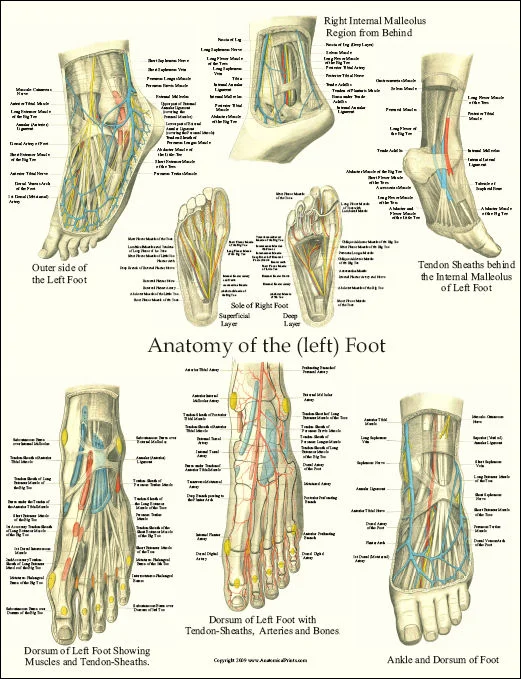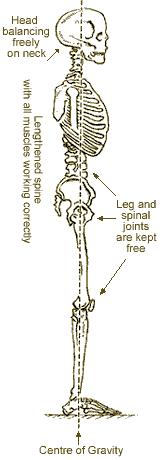An Interview with Jonathan Janis, dancer and somatic coach, and Margi Douglas
MARGI: What have been your strongest influences as a mover and a teacher and what excites you about them?
JONATHAN:
- partner dance with a teacher who opened the doors to the psychosomatic connection
- ideokinesis/ biomechanics - the ability to change the body with imagery
- qi gong - I’ll tell a brief story of my qi gong teacher. He has combined Jungian archetypal imagery with traditional qi gong movements, in order to form new movements that were expressions of his inner psyche. In this way, I saw the possibility of everything my earlier study had pointed towards -- the ability to work in the inner worlds using movement, and the ability to allow movement to be infused with the processes of the inner self (which I consider to be the fount of all true art).
These things still excite and drive me today, because they represent the utter dissolution of the mind/ body distinction. They point to the fact that movement is emotional/ psychological, and psychology is physical/ developmental, and spirituality -- who knows?. It leaves us with immense freedom to create ourselves in areas that previous generations have considered entirely static. It points towards the existence of a self that could become anything we dream of. It is radical in the most fundamental conceptions of ourselves and communities, and I find it to be in alignment with teachings of spirituality and the dissolution of Newtonian physics in the past century. To possess our physical bodies in this way seems to represent the next great leap forward in human thinking.
MARGI: So combining all three it is really an inside to outside approach, would you agree? What do you find helps your students most to open up to movement on this level?
JONATHAN: No I wouldn’t agree... although I sometimes use that paradigm to explain. To call something inner and outer is to remain in a body/mind paradigm, and is to say that I start with the mind, whereas others start with the body. Everyone is always working with all the levels -- that is precisely what Pilates and Alexander technique do as well. I am just calling more attention to the theory behind it all.
It so happens that the class I’ve prepared for Pilates Garage is for Pilates-based movements, so I will be offering outer movements, and inner imagery. However, I also have a private practice called Embody the Question, as well as a corporate consulting business helping management communicate more effectively. I can assure you that not all my clients want to start on a mat! With some people, you might say that I have an outside --> in approach, with others all outside, with others all inside. Once again, it ultimately doesn’t matter what we do. It’s about about how you engender change in a vastly mysterious human system. What I strive to be is a “people whisperer,” always asking the questions that are relevant to elicit deeper experience.
I find the key to helping people open up lies in cultivating curiosity, ease, and always referring to actual experience. If experience isn’t improving, I’m not satisfied. I refer to children and their pre-socialized learning process all the time. Children are the most open, moldable, and curious people on the planet. They are also largely the most rational: everything they do is based on what works, without theoretical or social pre-conception. Until just recently, neurology claimed this was because the brain was somehow more plastic at that age, however the past decade of research has shown that we retain the ability to change at all times. I don’t think the neurological studies have gone far enough yet, because I see that children have plastic minds, precisely BECAUSE they do things easily, effortlessly, and with joy and exploration. This is why I’m currently collaborating on an embodiment workshop for children AND their parents in a Montessori school. We will offer the children tools they can use to grow, but we will learn from the children HOW to best apply those tools. A child isn’t scared to try something different, but they also won’t go along with something that doesn’t work. That’s what I encourage in my clients - to take responsibility for their own experience!
I always start with what a client wants to change. For some it is lack of harmony in a marriage, for others low back pain, and for others higher levels of embodiment in pelvic function. Whatever the case, by de-emphasizing the “problem,” as a stuck entity and regaining curiosity, we can transform the “problem” into a guide, pointing us to a better future experience.

















